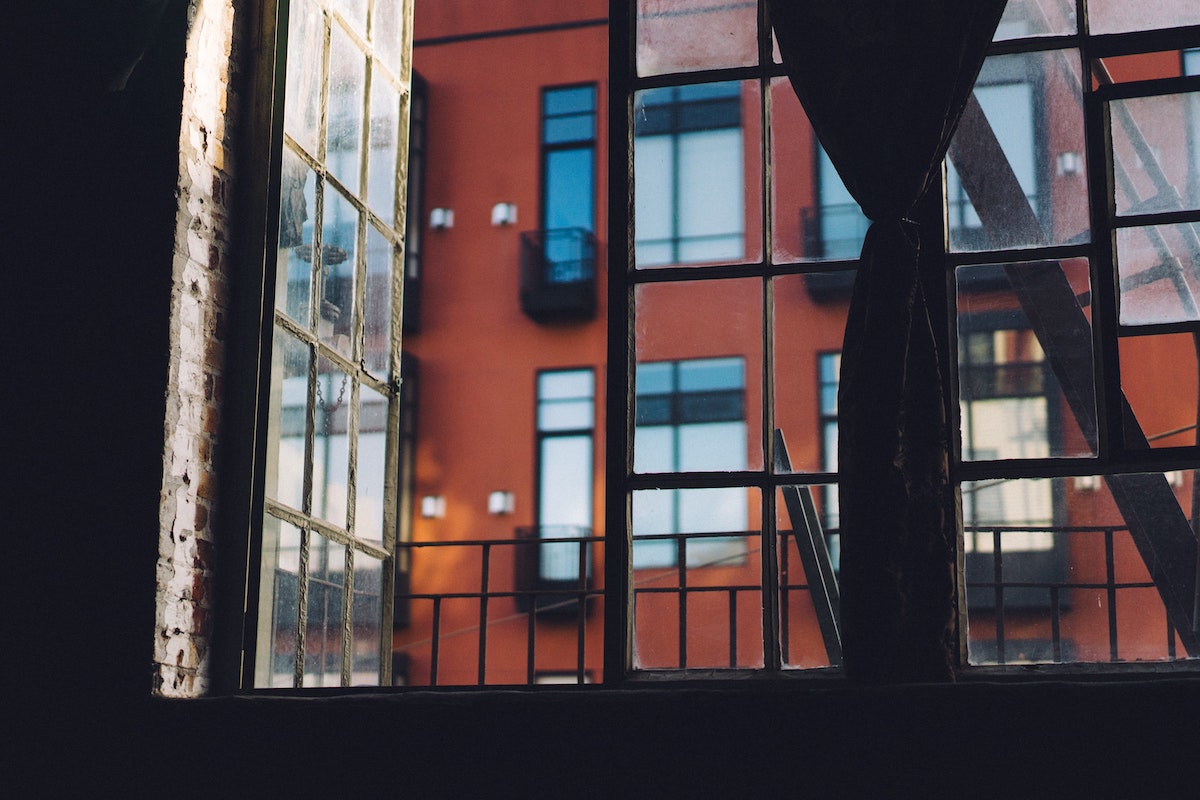Thinking of polluted air generally spurs images of clouded urban landscapes, old car exhausts, and energy-hungry factories. And while these emissions do take their toll on the environment and on our collective wellbeing, there are other sources of pollution that remain largely unsuspected. In fact, statistics show that the air contaminants found inside our homes can be up to 10 times more dangerous than outdoor pollution. Found in high concentrations, certain chemicals, substances, and by-products can wreak havoc and lead to serious health issues. In that spirit, let’s take a look at some common types of indoor air pollutants, and how you can deal effectively with them.
Tobacco Smoke
The smoke a person exhales when lighting a cigarette, also known as secondhand smoke, contains over 4,000 toxic chemical ingredients. Smoking is dangerous enough, and it can also taint the air in your home significantly. While it’s best to ban smoking indoors to limit any risk of irritations and respiratory diseases, the experts over at https://filterbuy.com/resources/air-filters-vs-air-purifiers/ also recommend investing in a device that will enhance your indoor air quality. Now, if you don’t know which type of installation to go for, consulting online comparative guides will help you make an informed and successful purchase.
Carbon Monoxide (CO)
Carbon monoxide is a colorless, odorless gas. This toxic substance appears as a result of the partial combustion of fossil fuels (gasoline or kerosene). It can be produced by a variety of home appliances, including gas and water heaters, gas stoves, chimneys, and generators. Exposure to CO fumes typically induces fatigue, dizziness, headaches, and can even be lethal at higher concentrations (it forms carboxyhemoglobin in the bloodstream, suppressing oxygen intake). To prevent carbon monoxide poisoning, make sure your combustion appliances are always well adjusted, to have proper ventilation vents, and to have your heating systems regularly inspected by a professional.
Nitrogen Dioxide (NO2)
Not to be confused with the nitrous oxide used as an anesthetic at the dentist’s, nitrogen dioxide is another toxic invisible gas that’s also highly corrosive. Much like CO, NO2 can arise from unvented combustion appliances, tobacco smoke, and welding. Repeated exposure will cause mucosal irritation, obstruction of the respiratory tract, bronchitis, and lead to pulmonary edema (build-up of liquid inside the lungs). To keep yourself and your family safe, follow the same recommendations mentioned above for CO. Also, don’t leave your car idle in a closed garage.
Radon (Rn)
Radon is another chemical element that is typically found in high concentrations in building materials, such as concrete and granite. As a colorless, odorless, and radioactive gas, its effects on our health can be catastrophic. As a matter of fact, chronic exposure to radon and its by-products due to poor ventilation can increase the risk of developing lung cancer. In that optic, it’s imperative to perform period screens for unusually high radon levels, with a specialized kit, or thanks to the visit of a professional.
From our partners:
Volatile Organic Compounds (VOCs)
Volatile organic compounds are a class of gases emitted by a huge number of household products. They can come from aerosol sprays, air fresheners, cosmetics, disinfectants, paint, varnishes, and much more. The products contain and release organic compounds that can have an impact on the quality of the air you breath, causing anything from eye/nose/throat irritation, headaches, nausea, visual and memory impairment, and damages to the nervous system. Due to closed quarters, indoor VOCs concentrations are typically 2 to 5 times greater than in the outdoors. So, always read product instructions carefully, increase ventilation upon use, and throw away the empty bottles.
Biological Contaminants
This class of indoor pollutants comprises bacteria, viruses, fungi (mold and mildew), house dust, pollen, pets, rodents, and insects, among others. The presence of biological contaminants inside the home is caused by an excess of humidity, moisture, inadequate ventilation, and overall poor maintenance. Cooling coils, humidifiers, or unvented bathrooms can be ideal places for these pollutants to gather, along with bedding, carpets, and other dusty areas. Now, to limit their spread and prevent allergies, always keep your interiors clean, ventilate your basement, attic and crawl space, and have exhaust fans installed.
Ultimately, indoor air pollutants are many and varied. This list could have gone on to include lead particles, asbestos, and pesticide residues. As we’ve seen, a living environment that isn’t well maintained can promote the appearance and accumulation of harmful substances. Without regular screening and upkeep, the feeling of comfort and safety inside your home may very well turn into a distant memory. Bottom line; be proactive, and don’t wait for early signs of indoor pollution to call your local specialist.














